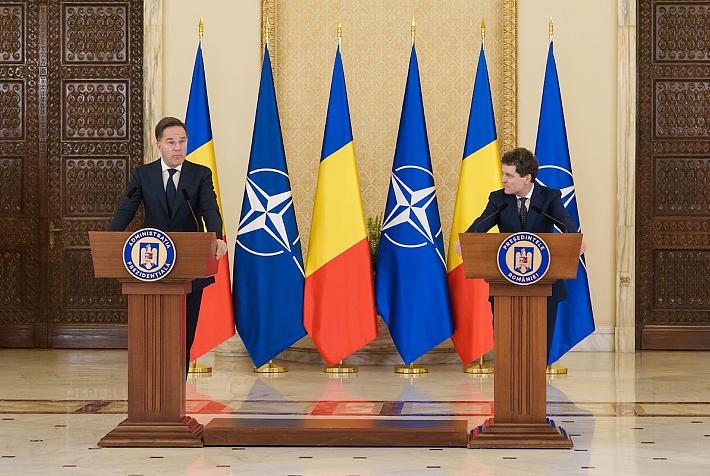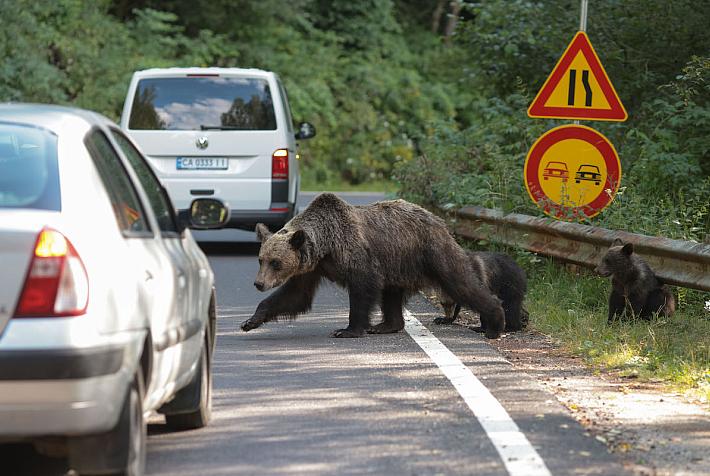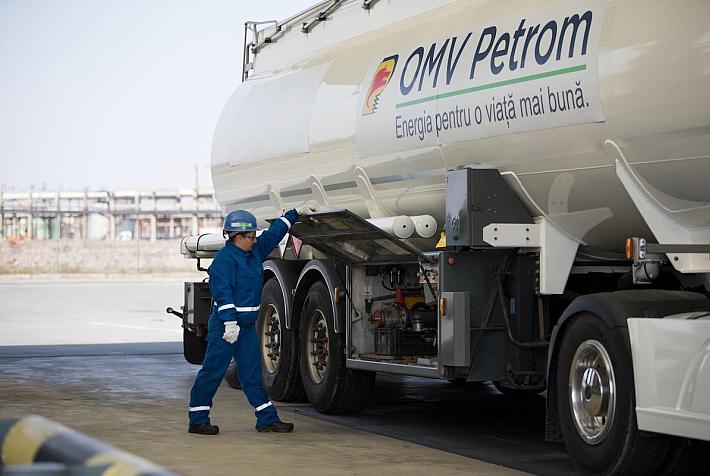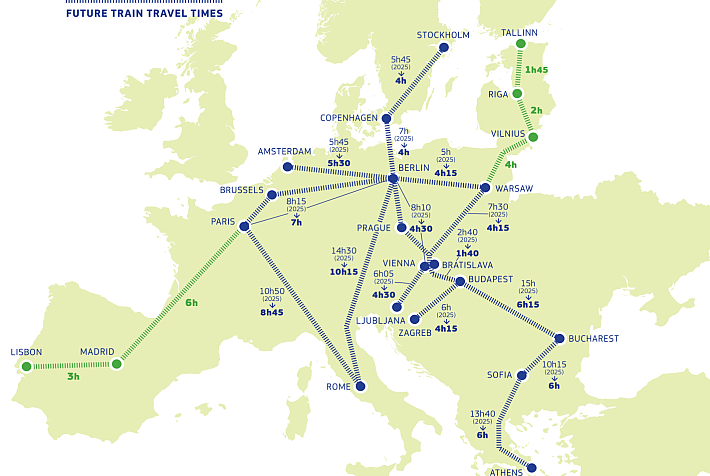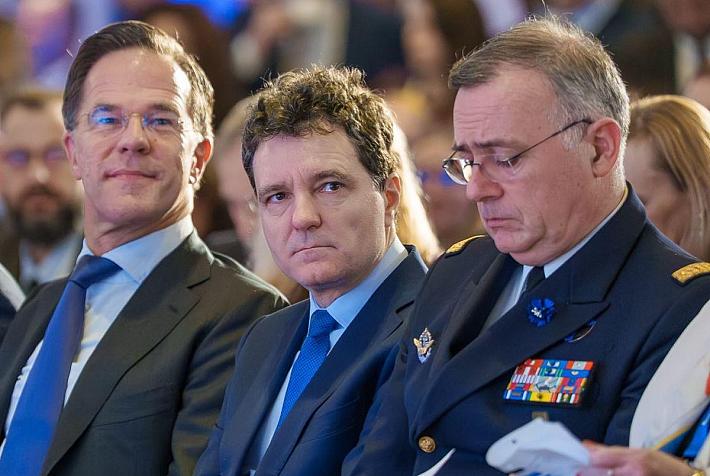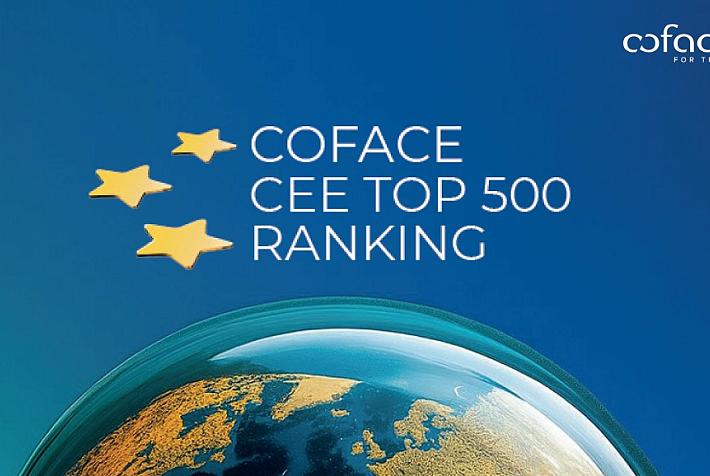Romanian photographer uses century-old technique to capture local personalities
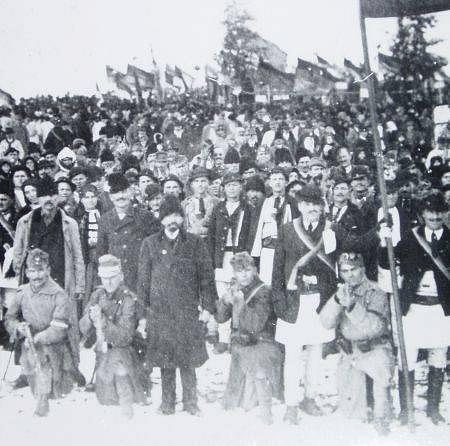
One hundred Romanian personalities, active in various fields, will be photographed using the ambrotype technique for a project dedicated to the Great Union Centennial, which the country is celebrating this year.
Photographer Radu Chindriş will employ the same technique used in 1918, at the December 1 Alba-Iulia proclamation of the union of Transylvania, Crisana, Banat and Maramures areas to Romania, made up of Moldova and Wallachia at the time.
The ambrotype, also known as a collodion positive, is a photograph on glass made by a variant of the wet plate collodion process.
The Alba-Iulia-born Chindriş plans to photograph historians, professors, athletes, artists, inventors and more to offer future generations “a rich visual inheritance,” he told local daily Adevarul. The photographs will be gathered in a printed album, which will also feature multimedia components, accessible with the help of a smartphone. The project can be followed at the Facebook page 100 de Chipuri Romanesti.
Chindriş already took ten photographs using the ambrotype technique to capture re-enactment portraits of the personalities who were involved in the 1918 union. Among them are the portraits of Florian Medrea, the commander of the guard tasked with the security of Alba Iulia on December 1, 1918, of Romanian politicians Vasile Goldiş, Iuliu Maniu, Iosif Jumanca, Aurel Lazăr, and Gheorghe Pop de Băseşti, of Greek-Catholic bishop Iuliu Hossu, of Patriarch Miron Cristea, and of Elena Pop, the women’s representative at the Alba-Iulia National Assembly. The photographs were taken with a 1901 camera, equipped with an 1860 photographic lens. The photos can be shown on both glass and paper.
At the same time, Chindriş was entrusted with reconditioning the camera used by photographer Samoilă Mârza to capture the moments of December 1, 1918. Mârza, known as “the photographer of the Union” took the only existing photographs of the Great National Assembly in Alba-Iulia. His photos are kept at the National Museum of the Union in Alba-Iulia.
An exhibition of reconditioned 1918 photographs and of the 100 personalities shot by Chindriş will open in Alba-Iulia in December of this year.
Meanwhile, the Cotroceni Museum in Bucharest will host a photography exhibition dedicated to the same 1918 Union. The exhibition opens on January 14, in the museum’s Medieval Spaces. It will present images detailing the role of King Ferdinand and of Queen Marie in the union, the Romanian army’s participation in the First World War, the return of the royal family from the December 1 assembly, and their Alba-Iulia coronation.
The exhibition can be visited until February 13.
Great Union Centennial events may include Cycling Tour linking Romania’s regions
Romania funds Great Union Centennial-themed films
(Photo: Samoilă Mârza/ Wikipedia)
editor@romania-insider.com






